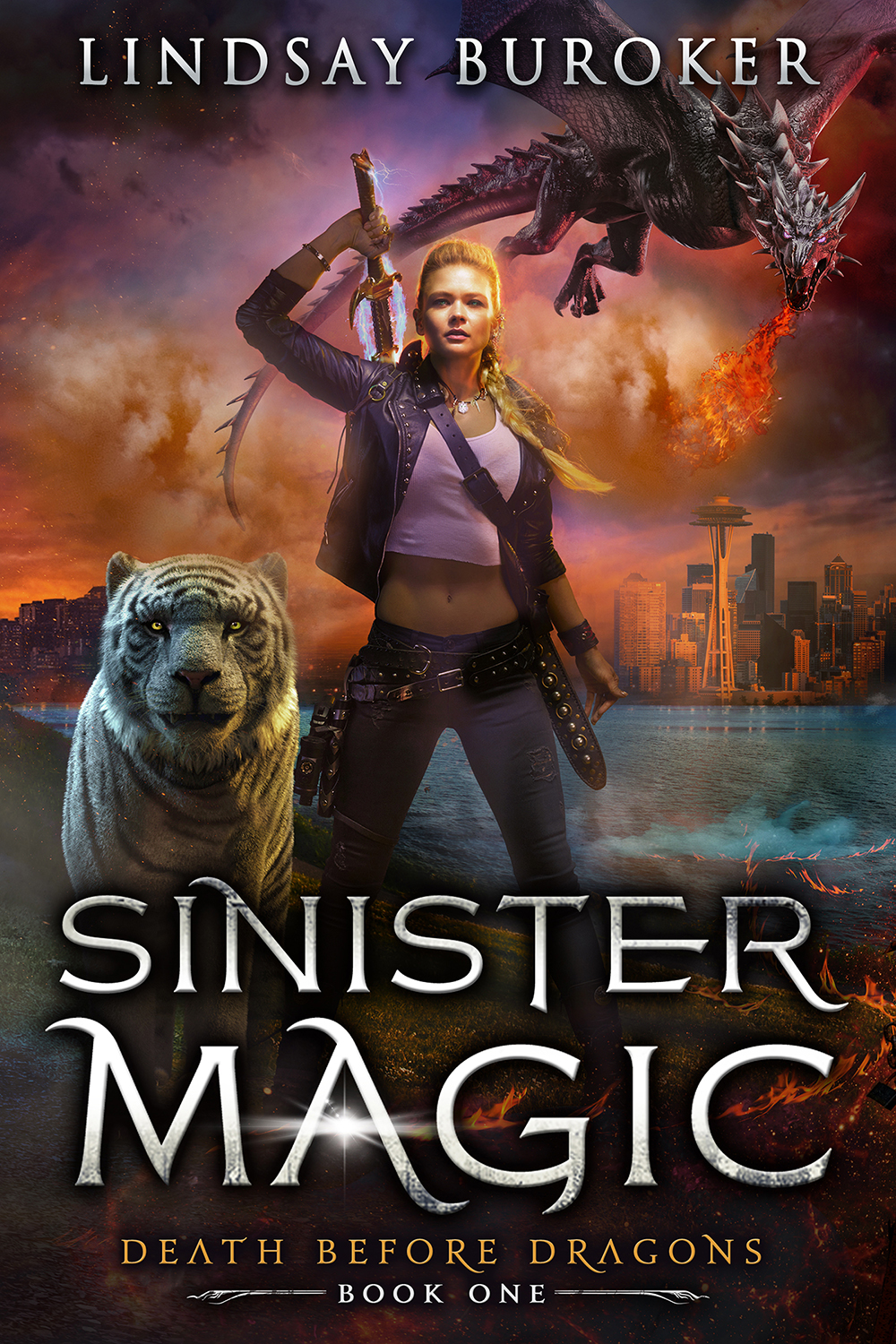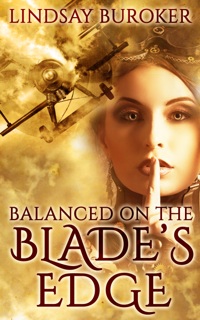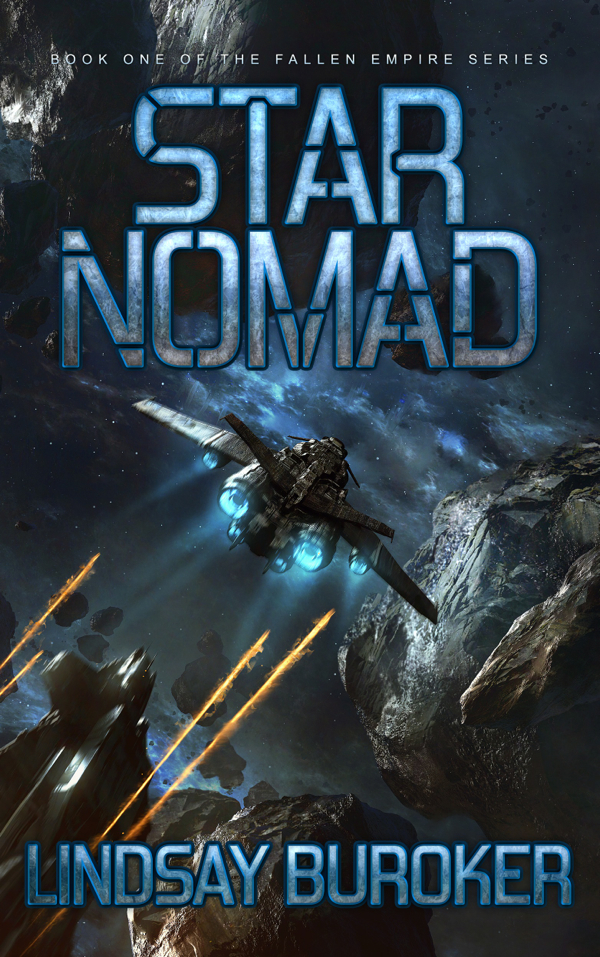Have you ever seen authors sell well with their first book and then disappear from the radar with subsequent titles? I’ve seen a lot of that in the e-publishing world over the last year. Independent authors would pop onto the Amazon bestseller charts with a bang and sell thousands of copies a month of their first book or series, but then fizzle into nothingness. When they published new titles, nobody noticed.
Why is that? They failed to turn one-time readers into fans.
Now, I wouldn’t necessarily assume that’s a quality-of-writing issue (after all, something got them to sell in the first place), but you’ll probably agree that, in most cases, it takes you more than one exposure to an author to turn you into a rabid fan who will constantly check back to see if that author has published anything new.
So how do you start the process of turning a one-time reader into a fan? Naturally it helps if you have multiple titles out and the reader can go on to enjoy them all, thus cementing your name in his/her mind. But what if you’re publishing your first book?
You need to make an effort to get readers who enjoy the story to come find you online as soon as they finish. Most e-readers have web capability, so this is more of a possibility today than ever before. With ebooks, you can easily add your website and social media links to the end of the story and encourage the reader to stop by.
That’s not all you have to do though. You need to be doing something on those sites to get the reader to stick around and subscribe to your newsletter or blog feed.
Remember those successful-then-but-not-now authors? When I’ve looked at their online presences (what can I say… I have stalker tendencies), I’ve seen some common threads:
- Though they’ve been publishing for a while, they don’t have a substantial blog built up where they post often. Or they blog about things nobody cares about.
- They don’t have a newsletter (a way to email fans all at once).
- If they’re on Twitter and Facebook at all, they’re just digital billboards, constantly trying to sell you something.
- They may post often in some of the author-centric forums and communities out there, but they don’t seem to be out there where they can interact with their readers (Goodreads is one such place where it’s good to have a presence).
In short, these authors haven’t done anything to turn one-time readers into fans who want to follow their books and connect online.
If you want to have a career, then you need people to keep buying your books. I know, duh, right? But you can’t just assume this will happen. One key truth from the business world is that it’s easier to keep an existing customer than find a new customer. But you have to keep in touch with those customers, periodically reminding them that you exist and that they like doing business with you.
With those thoughts, I bring you…
How to Keep in Touch with Your Readers
Note: Before you start reading my suggestions, I want to point out that everything mentioned below is designed to let you write one message for many people, so you’re keeping in touch without spending hours a day doing it. I’m always happy to answer readers who send email (getting fan mail never gets old!), but I tend to direct folks to my blog, newsletter, and social media pages first, because lots of answers to potential questions are already there, and posting information in these places is the most efficient use of my time.
The newsletter
If you do nothing else I write about here, I suggest starting a newsletter and putting a sign-up form in a prominent position on your site (I have mine on my “book news” page and also in the side bar of each page — honestly, it could be even more prominent, and that’s something I’ll do when I get around to redesigning the site).
Why a newsletter? You can email your subscribers and let everyone know at once when you have a new release out. You can also ask your subscribers for a hand if you ever need it for something special. I wouldn’t do that often, but these folks are most likely going to be some of your most dedicated fans (the types of readers who not only buy your books but tell others to do so as well), and they may be open to helping you out. In return, you can reward them for signing up for your newsletter by giving them coupons or insider information on your books.
The best thing about newsletters is that messages go right to a person’s inbox, so your subscribers are almost guaranteed to see it. The other methods I’m going to list can have their place, but they aren’t quite as special as a newsletter (not only does a letter to your mailing list go right to someone’s inbox, but with some mailing-list services, you can even personalize it with the person’s first name). You won’t find a successful internet marketer in the world who doesn’t have a mailing list.
That said, there are other ways to keep in touch with people too. The newsletter may be king, but you’ll find that some readers prefer other ways of following you, so these methods can be worth pursuing as well.
The blog
I think most authors start a blog, but many fail to update it often (or at all) because they’re not certain what to write about. Others post less than scintillating material, such as positive reviews about the book the visitor has already read. Guys, you hang those reviews on the fridge; you don’t copy and paste them to your blog. You post interesting things to your blog (things that are interesting to other people, not just you).
The way to get blog followers is to inform or entertain. Maybe you can even do both.
I used to say that you should write posts related to your books (i.e. if you write science fiction, then you might review SF books and movies, interview genre authors, or talk about fun science stuff), and I still think that’s a good idea, but I also believe you can keep people interested by writing about less obvious topics as well, so long as your posts have value to people who buy books.
For example, in the beginning, my blog here was all about e-publishing and nothing about fantasy. Oddly enough, I did sell quite a few of my fantasy novels through the site (I use affiliate links so I can track which sales originate from my blog). As I sold more books and actually started having fans stop by who wanted to hear about my upcoming projects, I grew worried that those readers wouldn’t be interested in the e-pub talk, so I tried following my own advice and started blogging about fantasy-related topics. What happened? I started getting less traffic to this site and was selling fewer books!
Now I do a mix of posts. Some are about fantasy and my books (I’ve got a contest going on right now where readers can help me name a character), and some are about e-publishing. Book sales from my blog are back up again.
You just never know what kind of blog posts might work for you, but the important thing is to a) make sure there’s something in it for the reader and b) be passionate about what you’re talking about (maybe that’s part of why I didn’t do as well blogging about fantasy — even though I’ve been a fantasy reader for more than twenty years, I’m more obsessed with e-publishing and book promotion right now, so it’s more fun for me to blog about this stuff).
No matter what you do with the blog, make an effort to get people to subscribe (I need to be better about this myself). You can’t assume that people will remember to check back often, but if they have your blog in their feed aggregator, they’ll see any new headlines you post.
If you pay for web hosting and have your own WordPress blog, there are numerous plug-ins you can get that throw in a tagline, suggesting people subscribe to your feed. If you’re on a freebie blogging site, you can choose a theme where the subscription buttons are prominent.
The Twitter account
I’ve been a fan of Twitter for a long time. Something about only being able to type short messages appeals to me. I can make updates quickly and check on people without spending a lot of time on the site. And (this is what matters) lots of other people like Twitter too. You might find, as I have, that you’ll find readers who follow their favorite authors on Twitter even if they don’t necessarily go into subscribing to blogs or newsletters.
Once you have followers there, they can help you promote your books. Because people can “retweet” your updates, and those RTs can spread far and wide, Twitter can be a great way to drive traffic to your blog or get the word out about freebies (I hardly ever plug something that costs money, as I figure people are there to socialize, not to whip out their credit cards, but I’ll often link to free ebooks or excerpts). I know I’ve gained blog readers and book buyers that way.
Note: if you find yourself overwhelmed as your Twitter followers grow, try sorting people into lists. I’ve been using lists forever, but it only recently occurred to me to start one specifically for “tweeps” who have read my books. I should have been doing that from the beginning, because it’s easy to use a program like Tweetdeck (I prefer this for my iPhone) to watch the conversations on a certain list. Then I can send someone an @ message if they say something that brings a comment to my mind. (I don’t know about you, but I’d be tickled if my favorite authors sent messages to me!)
The Facebook fan page
I wasn’t a huge Facebook fan before I got into publishing, so I was slow to get involved on Facebook, but I’m glad I finally did create an author page there. I have people who comment and “like” my updates there who aren’t newsletter subscribers, don’t follow my blog, and don’t know why on Earth anyone would want to “Twitter.” Facebook is their chosen place to hang out and interact. By being there, I can keep in touch with them. If I wasn’t there, I’d miss out on a certain group of fans (Facebook has hundreds of millions of members!).
By the way, did you know that you can run advertising campaigns on Facebook that only target people who have liked your author page? If you get a lot of fans there, but find they’re not checking back often, a quick advertising campaign would be a way to let all of them know about your latest book or series. (Advertising within Facebook — i.e. sending folks to a tab on your author page instead of off-site — is quite affordable as well.)
I could go on about places to be and ways to keep in touch with your fans, but these are my main ones. Also, this post is getting long, so let me address one last concern:
How do you get people to subscribe/follow you to start with?
If you’re just starting out, this may be what’s on your mind. Of course you want to do a newsletter, blog, social media, etc., but how the heck do you get people to follow you or subscribe to your feeds?
Lots of folks try to do this in a backwards way. They try to build the online presence (i.e. building a platform) first. That can work fantastically if you write non-fiction. But with fiction…the proof is in the pudding, eh? It’s possible to get random readers to follow your blog (especially if you’re writing useful posts), but most people have to read your stories before they can decide whether or not they’re fans.
If you write fiction, you can try to post some stories or do a web serial, but I think the fastest way to find fans in this day and age is to put your stuff out there in ebook form and get it out on Amazon, iTunes, B&N, Smashwords, etc. Those are the huge marketplaces where people already are, where they’re actively looking for new things to read.
I also think you’ll find the rows much easier to hoe if you have at least something available for free (short stories are fine). At the end of that freebie, you can plug your other non-free books, and you can also encourage readers who enjoyed the story to visit your site and subscribe to your blog, newsletter, etc. Remember, not everyone will be into doing each thing (some might follow you on Twitter while others want to subscribe to your newsletter while others want to track you on Facebook), so it’s good to be follow-able in a number of places.
All right, now I know I’ve talked for too long! If you have comments or questions or want to see me cover something in more depth, please let me know below.
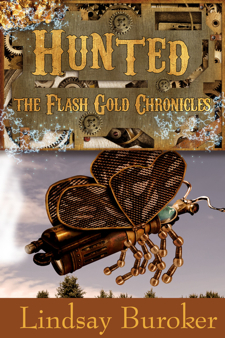 As we’ve talked about before (How Well Does Short Fiction Sell in Ebook Form? and Novellas and Short Stories — Ebooks Not Just for Novels), there are no rules when it comes to word count on ebooks. I enjoy writing novel-length fiction, but those 100,000-word beasts do take a while to pen. It’s nice to whip out a short story or a novella here and there, both because it makes you feel terribly productive by releasing ebooks more often and also because it gives you a break from your main projects.
As we’ve talked about before (How Well Does Short Fiction Sell in Ebook Form? and Novellas and Short Stories — Ebooks Not Just for Novels), there are no rules when it comes to word count on ebooks. I enjoy writing novel-length fiction, but those 100,000-word beasts do take a while to pen. It’s nice to whip out a short story or a novella here and there, both because it makes you feel terribly productive by releasing ebooks more often and also because it gives you a break from your main projects.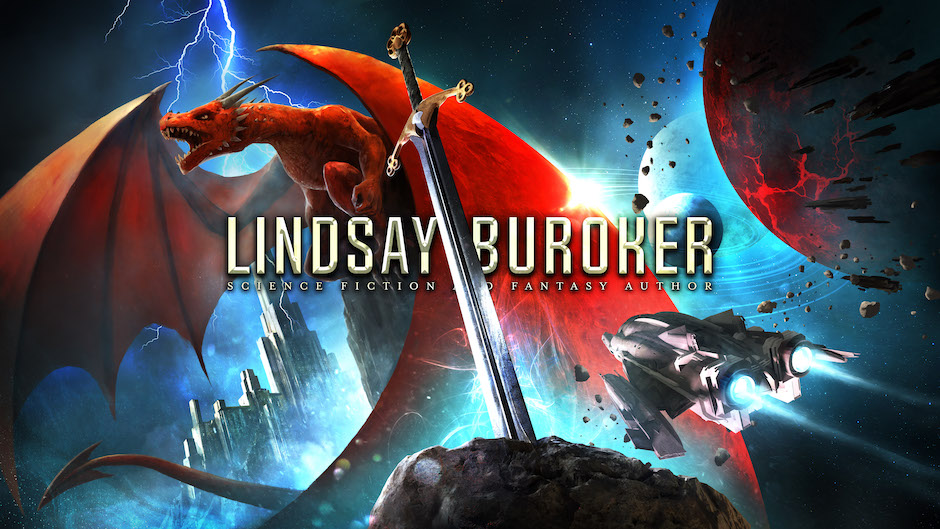

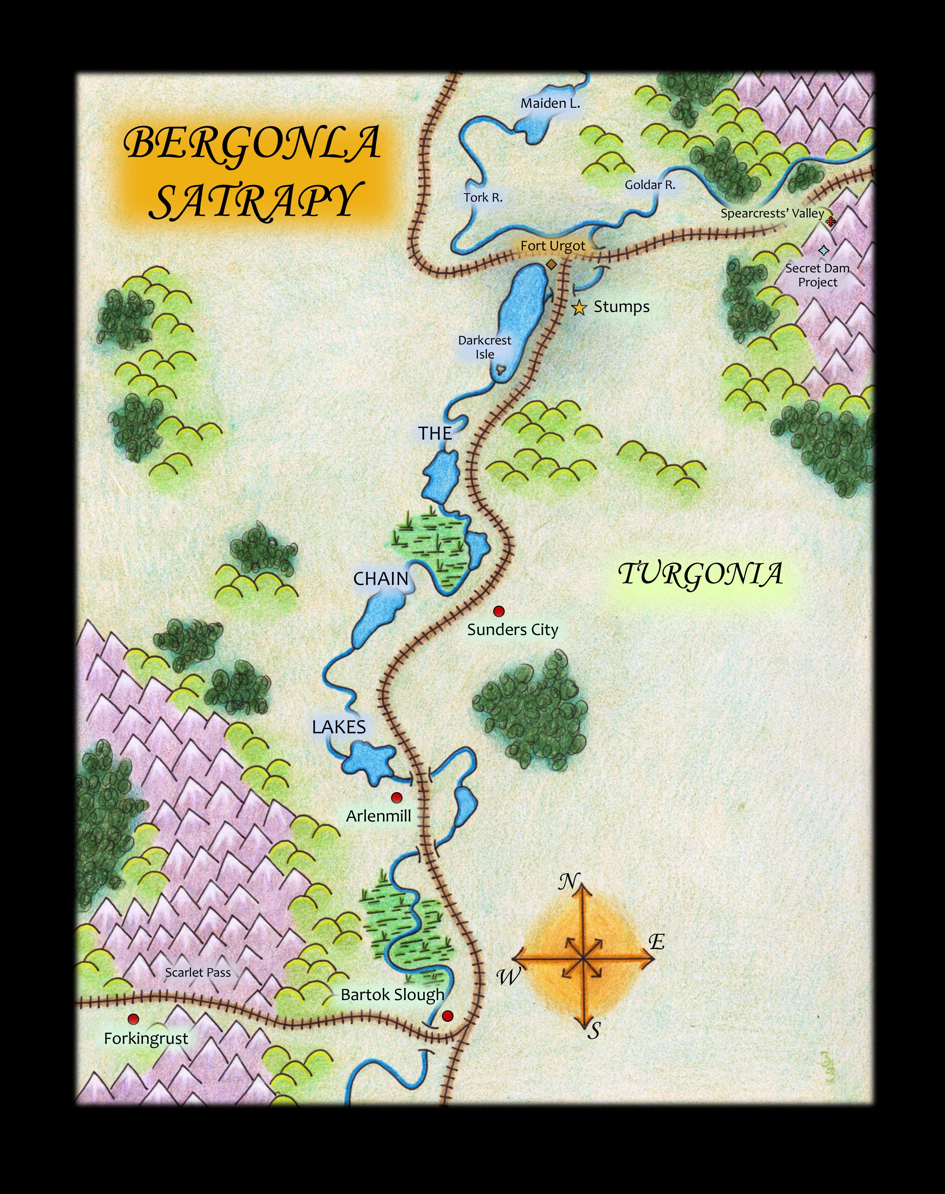
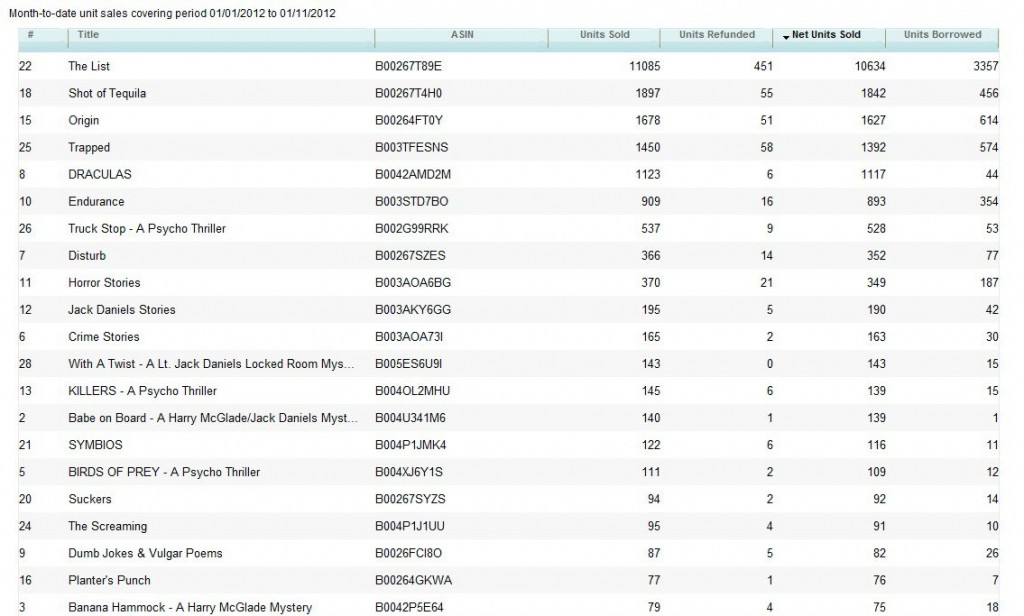

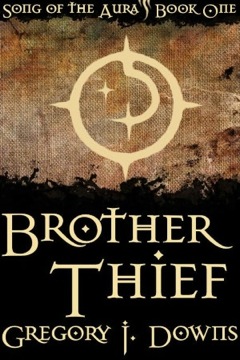 I was talking to a friend one time. Funny how many interesting (and/or awkward) things start out that way.
I was talking to a friend one time. Funny how many interesting (and/or awkward) things start out that way.